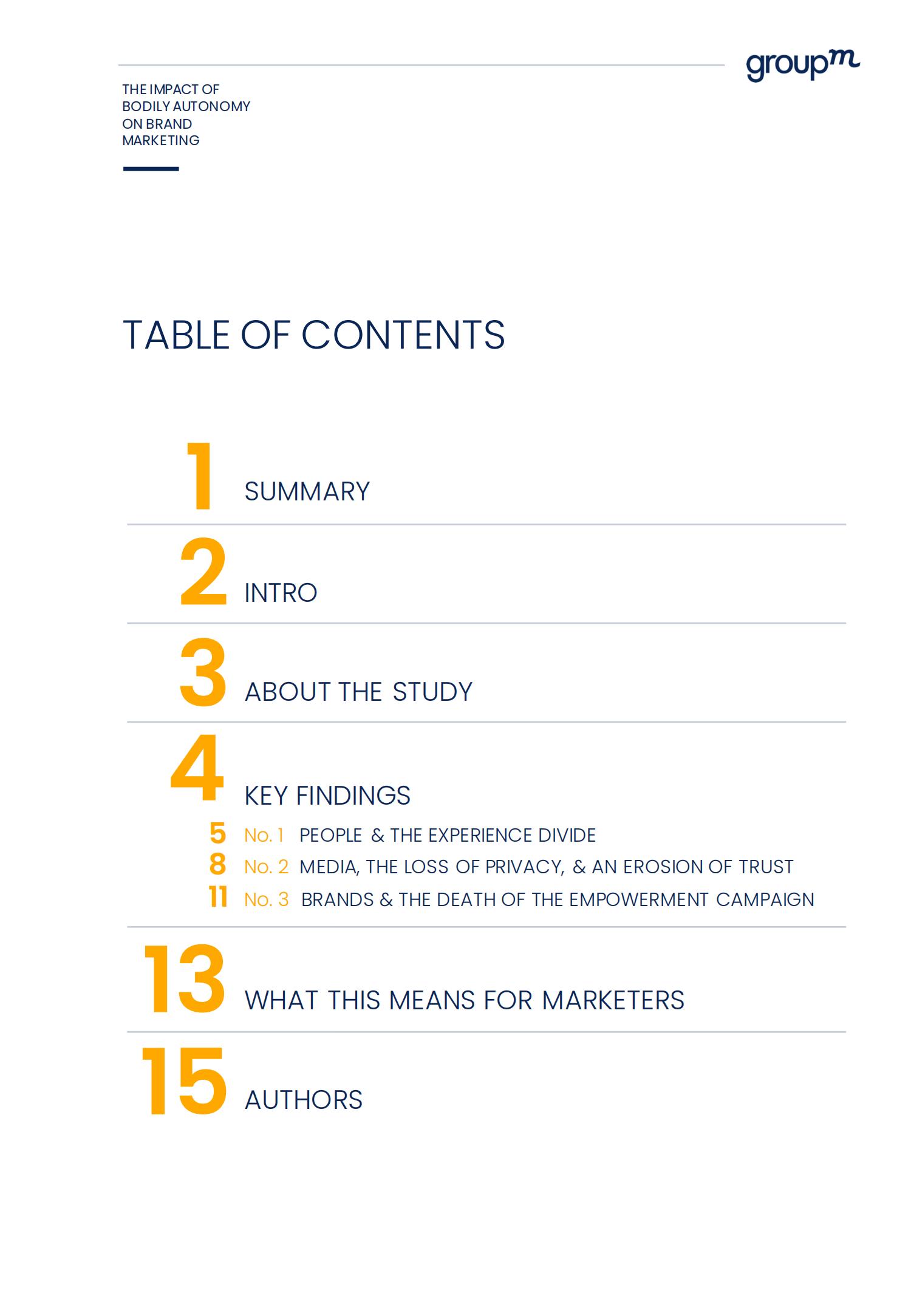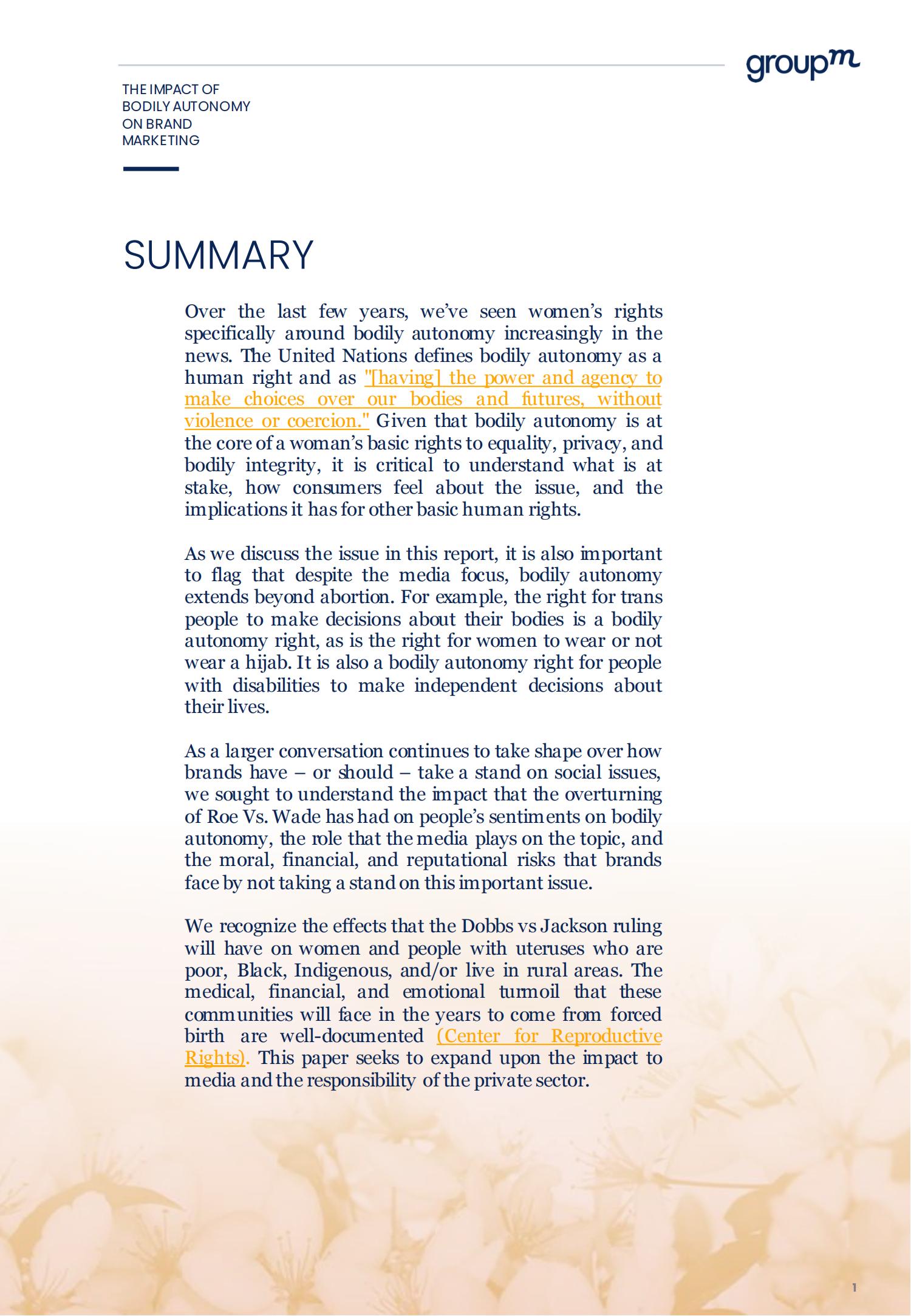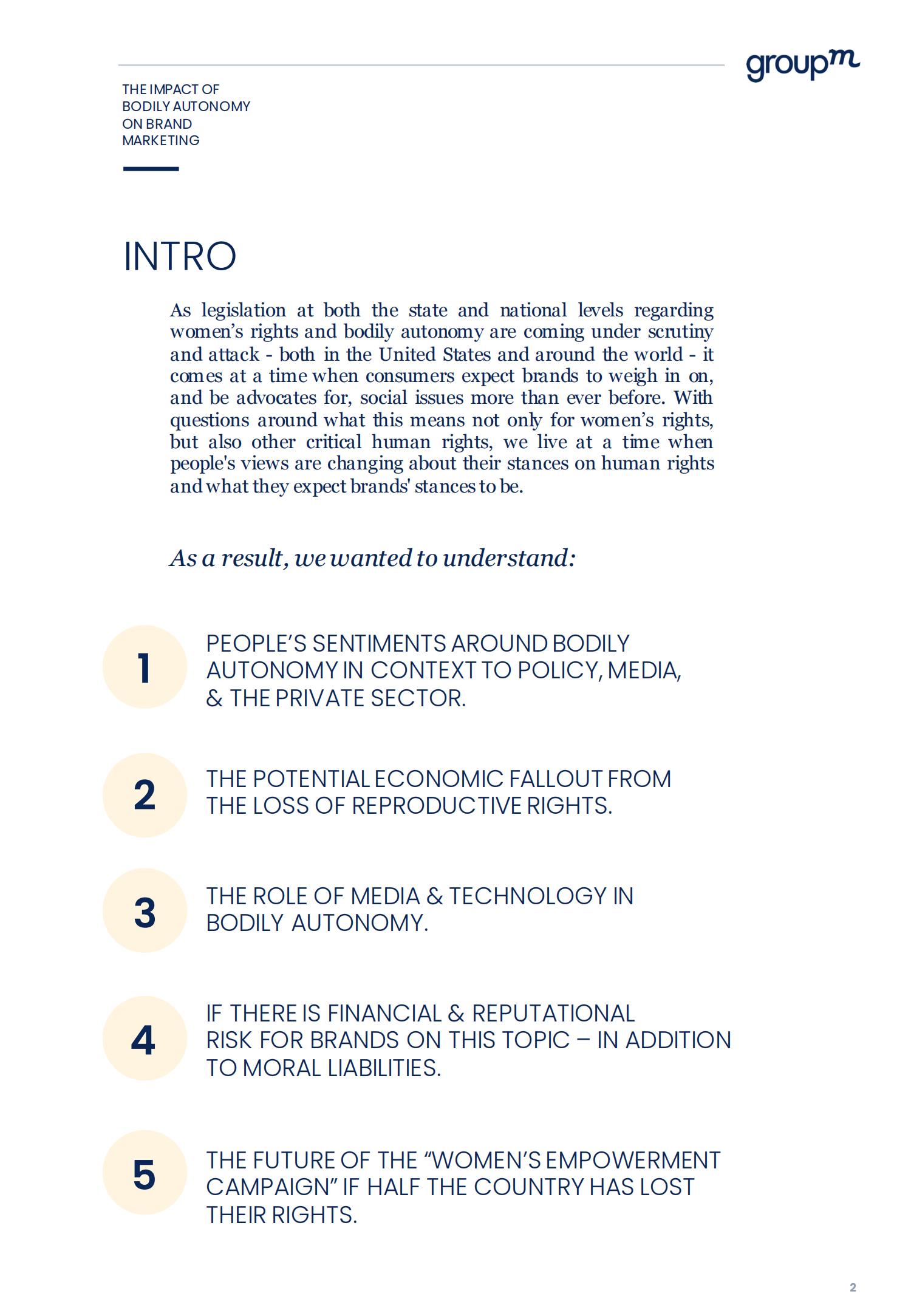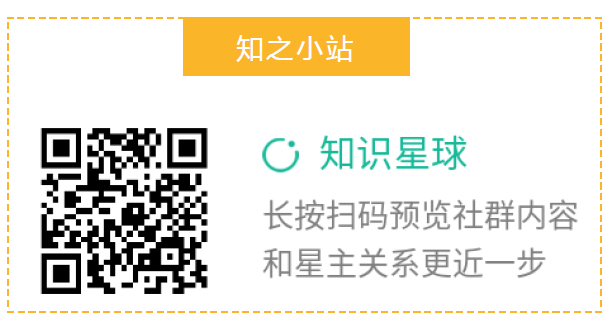Over the last few years, we’ve seen women’s rightsspecifically around bodily autonomy increasingly in thenews. The United Nations defines bodily autonomy as ahuman right and as “[having] the power and agency tcmake choices over our bodies and futures, withoutviolence or coercion.” Given that bodily autonomy is atthe core of a woman’s basic rights to equality, privacy,andbodily integrity, it is critical to understand what is atstake, how consumers feel about the issue, and theimplications it has for other basic human rights.
As we discuss the issue in this report, it is also importantto flag that despite the media focus, bodily autonomyextends beyond abortion. For example, the right for transpeople to make decisions about their bodies is a bodilyautonomy right, as is the right for women to wear or notwear a hijab. It is also a bodily autonomy right for peoplewith disabilities to make independent decisions abouttheir lives.
As a larger conversation continues to take shape over howbrands have – or should – take a stand on social issues,we sought to understand the impact that the overturningof Roe Vs. Wade has had on people’s sentiments on bodilyautonomy, the role that the media plays on the topic, andthe moral, financial, and reputational risks that brandsface by not taking a stand on this importantissue.
We recognize the effects that the Dobbs vs Jackson rulingwill have on women and people with uteruses who arepoor, Black, Indigenous, and/or live in rural areas. Themedical, financial, and emotional tumoil that thesecommunities will face in the years to come from forcedbirth are well-documented(Center for ReproductiveRights). This paper seeks to expand upon the impact tomedia andthe responsibility of the private sector.



本文来自知之小站
报告已上传知识星球,微信扫码加入立享4万+深度报告下载及1年更新。3天内不满意退出星球款项原路退回,欢迎试用。到期续费仅需5折
(如无法加入或其他事宜可联系zzxz_88@163.com)
